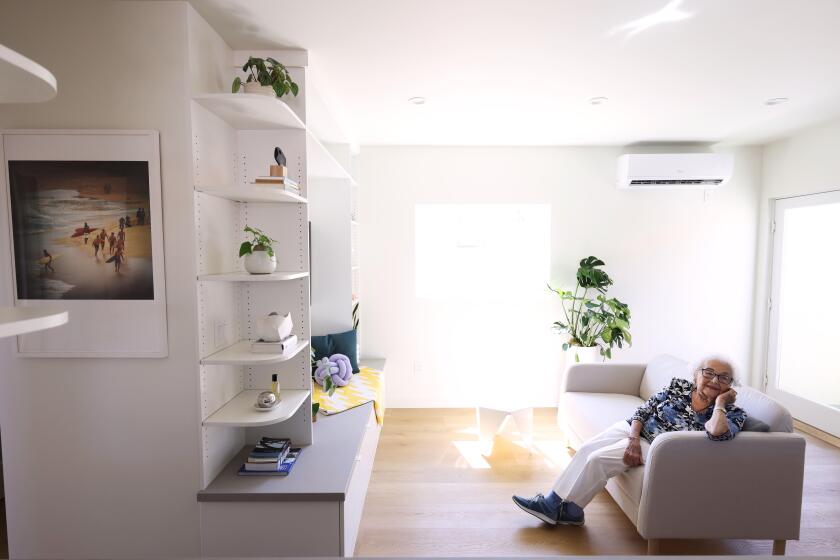San Fernando Gets an Old Identity
When it comes to architectural beauty, the city of San Fernando is not normally thought of in the same league as Pasadena or the West Adams district. But with historic preservation of homes and buildings, city officials and residents say that can change.
A recently completed six-month survey found that 228 properties in the 2.4-square-mile city may be eligible for historic landmark designation. Based on information from the California Office of Historic Preservation, a property is given historical designation if it is an outstanding example of an architectural style, is associated with a person or group who had a profound influence on state history or is the most significant historical property of its type in the region, among other things. The survey, city officials said, is the first step in making San Fernando a model community for preservation in the San Fernando Valley.
“San Fernando is paving the way for working-class communities, to restore them,” Mayor Cindy Montanez said. After all, she said, San Fernando was the Valley’s first city and ought to lead the way.
Conducted from January through June, the survey considered all structures--both residential and commercial--built 50 or more years ago, said Paul Deibel, the community development director. Once a property is designated a historic landmark, there are tax incentives for property owners but also restrictions on what changes can be made to the structure.
According to the survey, conducted by Pomona-based Cultural Resource Management, 215 properties singled out for possible landmark designation are residential. The others are commercial and industrial buildings, churches and schools.
Some traditional architectural styles popular in the area include Craftsman, Tudor and Folk.
“There’s a lot of historical [properties] in the community that currently are unknown and unprotected,” Deibel said. “Many individual property owners have taken steps to protect their own property, but many others do not know” about the historical significance of their homes, he said. City officials will now meet with residents to promote preservation efforts and craft a preservation ordinance, Deibel said, adding that he expects an ordinance to be in place within a year. “One of the visions that the city has is to preserve the historic character of the city,” Deibel said.
Steve Veres, San Fernando’s historical commissioner, is working toward that goal citywide and in his own Harps Street home. Veres’ 1926 Craftsman bungalow, built with river rock, was identified in the survey as a potential historical landmark.
He said he is working to restore every room of the 1,100-square-foot house, which does not yet have a functioning kitchen.
Veres bought the home two years ago for $126,000. Now, with $25,000 worth of renovations and based on recent sales of similarly restored properties, he estimates its worth to be more than $200,000.
“Most of the people who practice preservation tend to be from communities that do fairly well economically,” Veres said. Even though San Fernando is a working-class community, a citywide preservation effort would improve its economy, he said.
Veres said recently he’s seen his neighbors, some with no training or experience, excitedly working on preserving their homes too.
“This really is a special place that people can feel connected to,” Veres said. Preservation “tells you something about the history and the direction of where the town has been and perhaps where it can go.”
More to Read
Sign up for Essential California
The most important California stories and recommendations in your inbox every morning.
You may occasionally receive promotional content from the Los Angeles Times.










